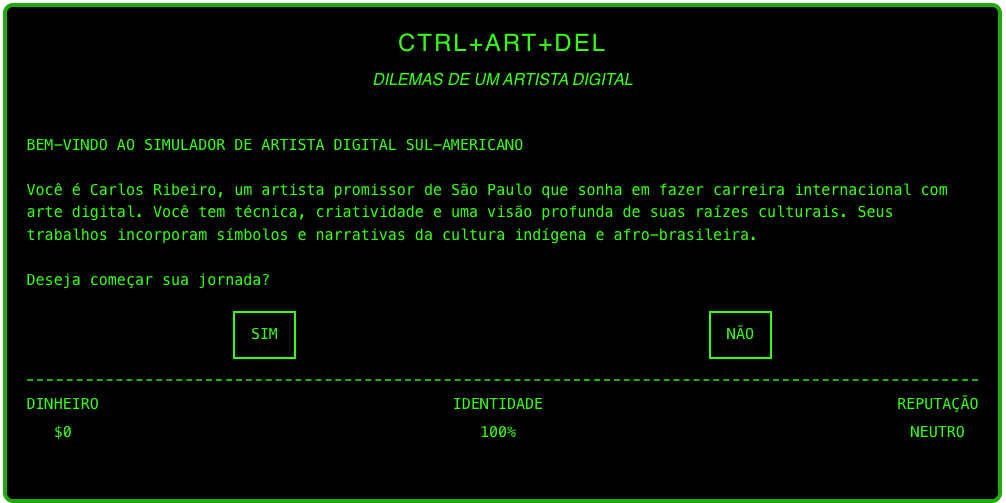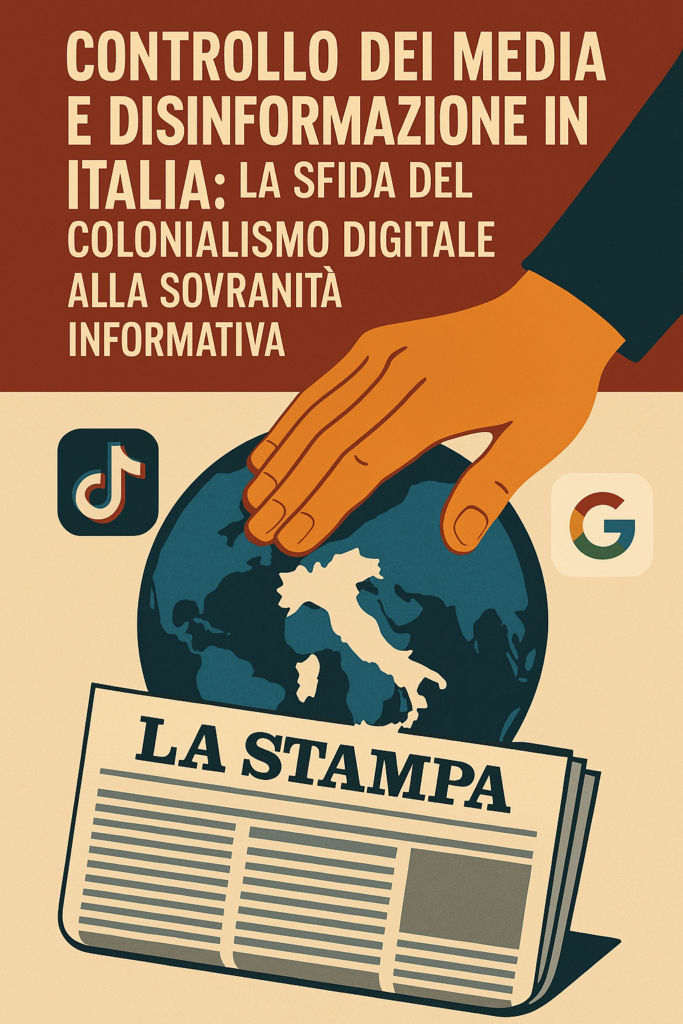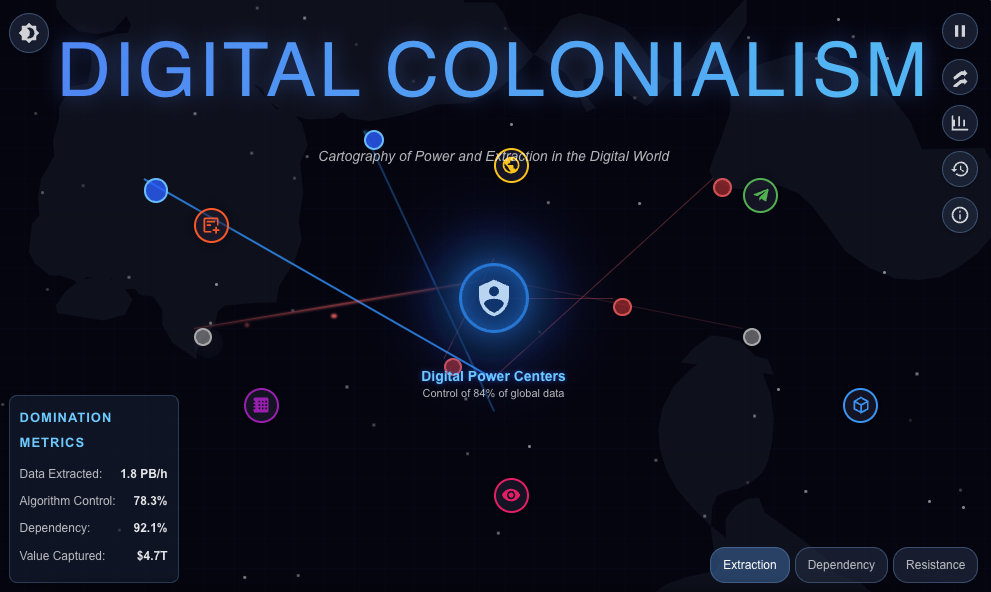🇫🇷 La Monétisation de la Culture : Une Critique du Monopoly du Musée d’Orsay
Félicitations au Musée d’Orsay ! Dans un coup de “génie” commercial, le prestigieux musée parisien a enfin révélé sa véritable vocation en lançant une édition spéciale du Monopoly. Qui aurait pu imaginer meilleur hommage aux œuvres de Van Gogh, Monet et Degas que de les transformer en propriétés négociables sur un plateau de jeu ? […]
🇫🇷 La Monétisation de la Culture : Une Critique du Monopoly du Musée d’Orsay Read More »










